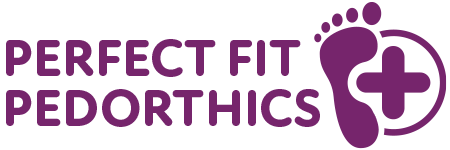Are modifications to Orthopaedic footwear possible?
Modifications to orthopaedic footwear are possible and are often recommended to tailor the shoes to an individual’s specific foot needs and conditions. These modifications can help enhance comfort, support, and functionality. Some common modifications that can be made to orthopaedic footwear include:
1. Custom Orthotic Inserts: Custom orthotic inserts are prescribed by healthcare professionals to provide additional support, correction, and comfort. These inserts can be placed inside the orthopaedic shoes to address specific foot issues such as arch support, pronation, and other alignment problems.
2. Heel Lifts: Heel lifts can be added to the shoes to address discrepancies in leg length, help with gait issues, or provide additional cushioning and support for conditions like Achilles tendonitis.
3. Metatarsal Pads or Cushions: These pads or cushions can be placed in specific areas of the insole to alleviate pressure on the metatarsal heads (the ball of the foot) and relieve conditions like metatarsalgia.
4. Rockered Soles: Rocker-bottom soles can be added to the shoes to promote a smoother and more natural gait, particularly for individuals with conditions that affect their ability to roll through the foot properly.
5. Wedge or Lift Modifications: These modifications involve adjusting the angle of the sole to correct gait abnormalities, such as overpronation or supination.
6. Stretching or Widening: Shoes can be stretched or widened in specific areas to accommodate foot deformities, bunions, hammertoes, or swelling.
7. Velcro or Buckle Extensions: For individuals with limited mobility or issues with dexterity, modifications can be made to the closure system to make the shoes easier to put on and take off.
8. Toe Box Modifications: The toe box can be adjusted to provide more room for conditions like bunions or hammertoes, reducing pressure and friction.
9. Padding and Cushioning: Additional padding and cushioning can be added to areas of the shoe where extra comfort and support are needed.
10. Sole Replacement: In some cases, the original sole of the orthopaedic shoe can be replaced with a custom sole that better suits the individual’s needs.
It’s important to have these modifications performed by experienced professionals who specialize in orthopaedic footwear. Medical professionals such as orthopaedic doctors, podiatrists, or orthotists can guide you in determining the appropriate modifications for your specific foot issues and recommend trusted providers who can make the necessary adjustments.
Keep in mind that while modifications can greatly improve the fit and functionality of orthopaedic shoes, they may also affect the aesthetics of the footwear. However, the primary goal of orthopaedic footwear is to promote foot health and comfort, so modifications that enhance these aspects should take precedence.



